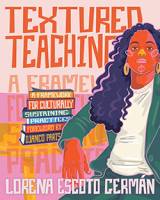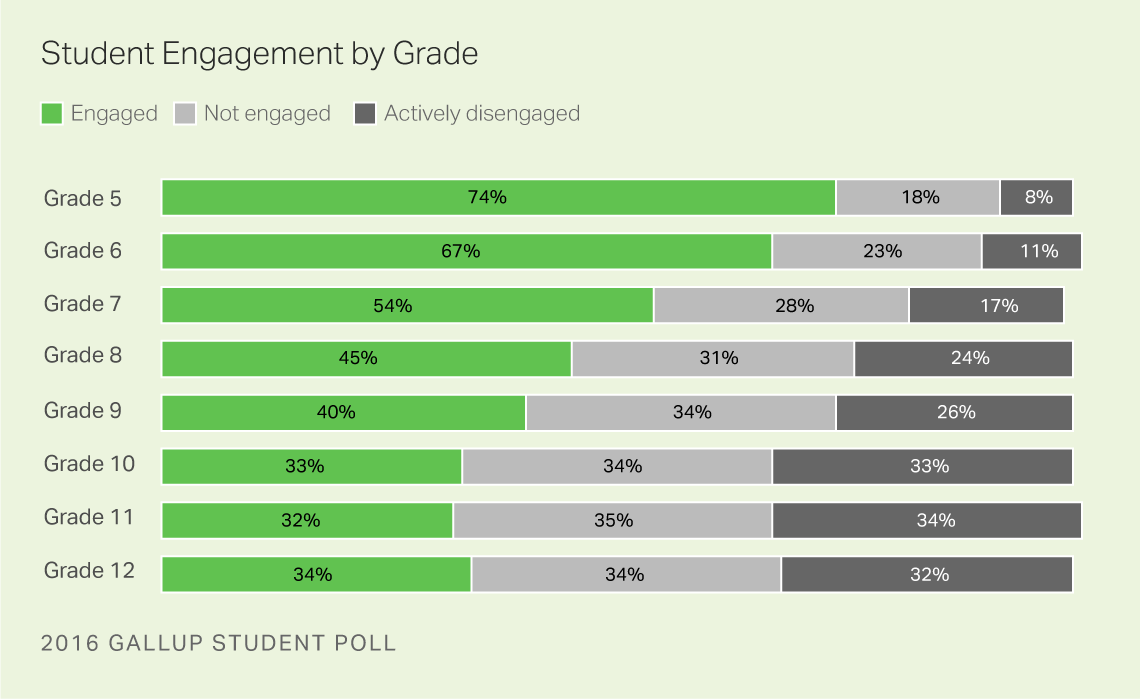Germán said creating experiential learning moments in ELA classes creates opportunities for students to learn in a way that applies their senses and resists the passiveness many learning environments seem to demand. “Textured Teaching said you're a human being who has feelings, who is sentient, and I want you to bring that in here,” said Germán.
Identifying moments in the text for experiential activities
Germán said that students, particularly adolescents, need a lot of stimulation to retain information and then apply it. “I want [students] to sit and read that book, and it moves you so much that maybe you cry,” said Germán. “I want those emotions in there. I want that passion in there because it's OK and it is conducive to learning.” She focuses on engaging the five senses to bring texts to life, incorporating ways for students to see, touch, hear, smell and even taste things that are relevant to what they are reading at the time.
To make sure experiential learning activities are rooted in academic skill development, Germán targets moments in texts that help students analyze and comprehend six core concepts:
- Characterization. How has the author developed the characters?
- Theme. What are central or reoccurring ideas that the author explores?
- Setting. Where are things taking place and how does that influence the characters?
- Plot. What is the story’s arc?
- Social justice. What are the ideas the author explores that are related to race and inclusivity?
- Text-to-self connections. Are there experiences from the story that are unfamiliar to students, but relevant to the present day?
Often these core concepts may overlap and can expose students to parts of the book that may have gone unnoticed. For example, when Germán was reading “The Adventures of Huckleberry Finn” with her students, she took them to the Colorado River to help them understand how the characters would have experienced running away on the Mississippi River. She felt this experiential learning opportunity allowed her to better communicate the dangers that the character Jim would have felt as a formerly enslaved runaway. “Students touched the ground, felt the cold water, walked past branches and physically felt what the space was like,” said Germán.
However, some teachers are familiar with experiential learning because they’ve seen the ways it has gone wrong and turned into a potentially harmful simulation. Simulations enact “curriculum violence” and negatively impact the emotional wellbeing of certain learners. Germán cautions educators to avoid scenarios that recreate oppressive structures or expose marginalized students to harm, such as historical reenactments or performing stereotypes.
“Part of what people are trying to do with these horribly terrible simulations is inspire empathy,” said Germán. “We can do that without asking people to relive war crimes, for example, or slavery,”
For instance, one year, Germán was teaching “Night,” a memoir by Elie Wiesel about the Holocaust. Her students were having trouble conceptualizing the railroad cars that were used to take Jewish people and others to concentration camps. She started by showing her students pictures, but when they still didn’t grasp the concept, she worked with a small group of students to measure out the dimensions of the train car on the floor with cardboard. Together they wrote details from the book on the board such as the weather in the country at the time and characteristics of the cars.
 She did not require students to get inside the structure or simulate the moments described in the book because that could create harm. Instead, she had students stand around the outside and talk about what they noticed and how having a physical representation of the dimensions strengthened their understanding of the book. “That helps them to both see it, imagine a little bit and have some empathy without me saying, ‘Let's practice being in a war crime.’”
She did not require students to get inside the structure or simulate the moments described in the book because that could create harm. Instead, she had students stand around the outside and talk about what they noticed and how having a physical representation of the dimensions strengthened their understanding of the book. “That helps them to both see it, imagine a little bit and have some empathy without me saying, ‘Let's practice being in a war crime.’”
If teachers do make mistakes that veer off into being a simulation when they’re trying to engage students in an experiential learning activity, Germán advises that they take a beat to reflect on what went wrong moment-by-moment. “Owning your mistake is going to be very important here,” she writes in Textured Teaching. If needed, teachers should get in touch with their administrators, share what went wrong and what their next steps are. Teachers can sit down with their students to apologize and clarify any incorrect information or misconceptions. “You should refrain from doing any other re-creations until you get a better grasp of the difference between re-creations and simulations and how to plan one effectively.”
Inviting people into your classroom
Another way to facilitate an experiential moment is to have someone come to the classroom to talk to students. Germán said this adds “auditory texture” to the class. Teachers can start by asking themselves what voices are missing in their lessons and invite people who can create a more holistic understanding of what students are learning in class. “Often, English classrooms feel restrictive and stiff because they overwhelmingly involve reading and writing while sitting quietly at desks. This is a good opportunity to move out of the desks, get into a community circle and listen.”
Germán encourages teachers to consider inviting to the classroom community members who do not speak English as a primary language. “Who you bring in communicates who you value,” she said. Bringing in other voices can also make students more aware of how certain identities have been excluded from U.S. schooling. Before welcoming speakers into the classroom, teachers can get students ready to engage with visitors. “There's got to be this foundation of how to ask questions respectfully,” said Germán. She also wants to make sure students understand how to ask questions that go beyond identity and into the content. “So that they’re not just sitting here asking you about your culture, but about how your culture impacts the thing you're talking about.”
Debriefs are essential to bringing experiential activities to a close. She usually gives students three options: independent journal time, talking with a partner or talking together as a whole class. “I always offer a prompt,” she said. “I think sometimes debriefing doesn't work well because teachers just want to say, ‘What did you think?’”
Some of her tried and true prompts are “What came up for you today during this learning experience that you had not considered before?” or “Are you having a new thought about the things that we’ve been talking about?”




